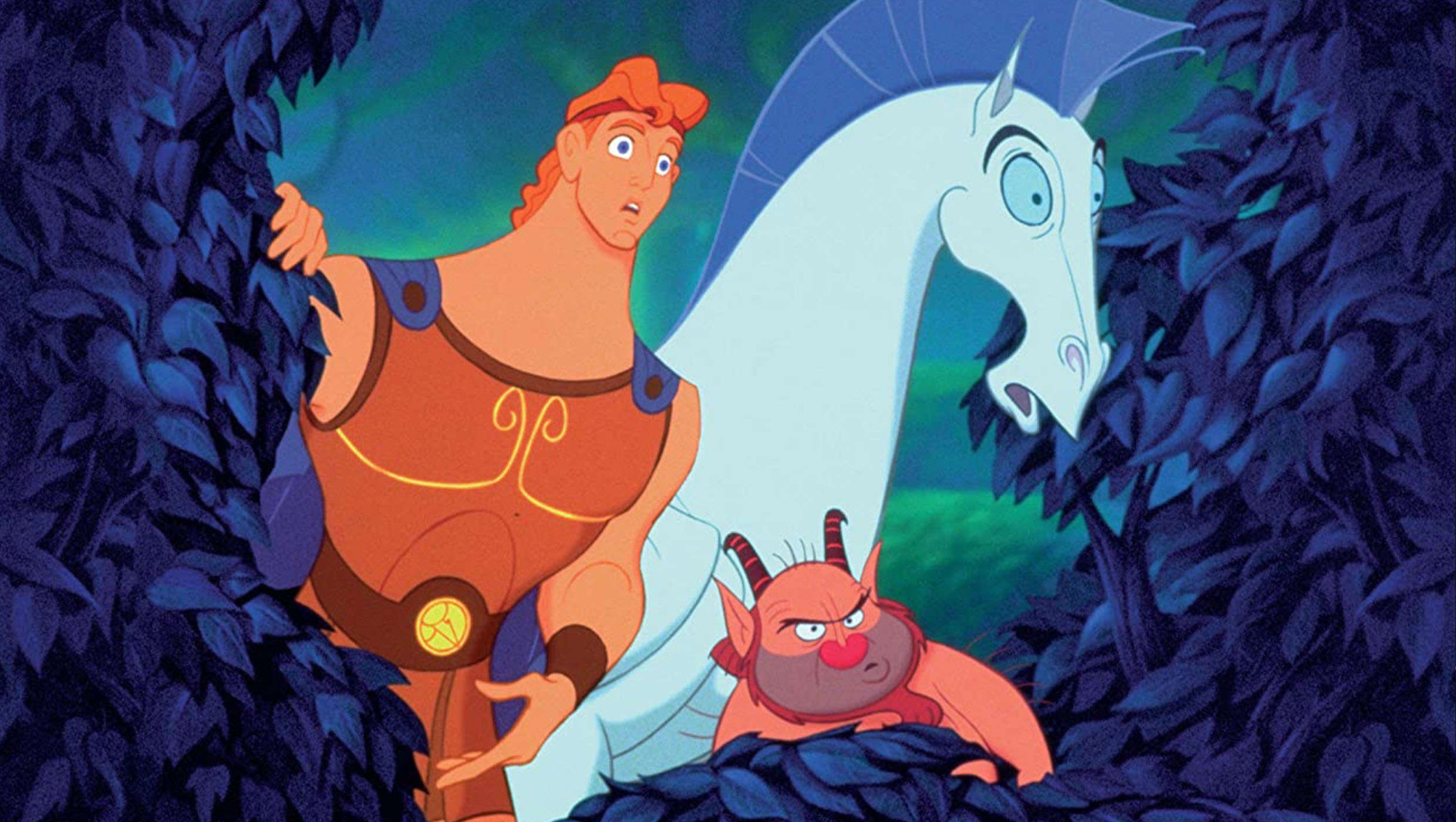Create a free profile to get unlimited access to exclusive videos, sweepstakes, and more!
Lost 'fossil galaxy' Heracles unearthed from the depths of Hades — uh, the Milky Way

When a fallen hero doesn't really die, he gets immortalized as a galaxy instead. Astronomers have now discovered the remnants of a “fossil” galaxy named Heracles (the right way to spell the mythical hero’s name as opposed to “Hercules”) in the depths of the Milky Way.
Heracles is thought to have crashed into our galaxy 10 billion years ago, and its remnants supposedly make up a third of the Milky Way’s galactic halo. It was only after a team of astronomers using the Sloan Digital Sky Survey (SDSS) and its Apache Point Observatory Galactic Evolution Experiment (APOGEE) examined the chemical makeup and motions of all the stars in our galaxy that the ones from Heracles stood out, much like the legend himself.
“It all came down to the stars chemical composition and velocities. We found that the stars associated with Heracles were so different in their chemical compositions compared to the rest of the Milky Way halo, which when coupled with their peculiar velocities, it meant that they could only have come from another galaxy,” Danny Horta-Darrington, a graduate student from Liverpool John Moores University (LJMU) who recently led a study published in The Astrophysical Journal, told SYFY WIRE.
So why were the remnants of mighty Heracles lost to time? The nascent Milky Way grew and grew from the time of the collision, burying Heracles deeper and deeper into a sort of cosmic realm of Hades. Mergers build galaxies, and the evidence of those mergers — the shards of older galaxies — is usually found in its immense outer halo. Haloes are a huge clouds of stars that shroud galaxies. The problem is that the stars in our galaxy’s outer halo are scattered around. To really dig for cosmic fossils that reveal the earliest mergers, you have to go deeper into the halo and into the galactic disc, which is made of star stuff, and bulge, which is a dense and slightly flattened spherical formation of stars. The ones which once belonged to Heracles were hiding in there somewhere.
This is where SDSS and APOGEE come in. SDSS has been surveying and mapping the sky for two decades, and has been used its telescope at Apache Point Observatory in New Mexico to see the universe in different spectra and come up with some mind-blowing images of 3 million objects in space. For ten years, APOGEE observed 146,000 stars in the Milky Way from the Sloan telescope and found half a million hi-res infrared spectra associated with them. This data was analyzed in excruciating detail by Horta-Darrington’s team, who noticed that a third of the stars in our galaxy have chemistry and velocity so different from the rest they could have only come from somewhere else in space.
"We believe Heracles must have formed relatively close to a young Milky Way in a cosmological context in order for these two systems to merge, caused by their gravitational attraction. However, the exact location is extremely difficult to pin point," Horta-Darrington said.
Interstellar dust obscuring these stars made it especially difficult to unearth the fossil galaxy, but APOGEE was able to see through the clouds of dust by measuring the spectra of the stars behind them in near-infrared light. Wavelengths from the infrared and near-infrared parts of the spectrum are too long for human eyes to see, but dust can really mess with visible light, and instruments like APOGEE use infrared vision to get past it. Going through the tens of thousands of stars APOGEE measured revealed the misfits that eventually gave an idea of where Heracles had smashed into the Milky Way and what happened to it over the eons. Because so many make up our galaxy’s halo, the collision is now thought to have been a really violent event.
The stars of Heracles make the Milky Way something of a misfit itself. Most spiral galaxies experience quieter early lives, and they rarely have to deal with enormous intruders so soon after they are born. The formation of galaxies such as our own and M33 is not completely understood, but astronomers believe that there are three processes involved in varying degrees. Gargantuan gas clouds in the early universe collapsed. Afterward, large galaxies like the Milky Way were formed by the merging of many smaller ones, though Heracles definitely had more muscle than some random tiny galaxy. Internal processes would then shape the new galaxy into a spiral.
Is there anything about the young Milky Way that could have made it prone to that collision? Horta-Darrington and other scientists still wonder.
"We believe that given by the discovery of the Heracles, and recent results on the Milky Way’s mass assembly history, that the Milky Way must have had an increased merger activity in its younger life," he said. "In this context, we believe the Milky Way is special when compared to other disc galaxies of similar mass and morphology."
By the way, there was way too much Disney got wrong about the mythical figure Heracles. Hercules? Don’t know him.














